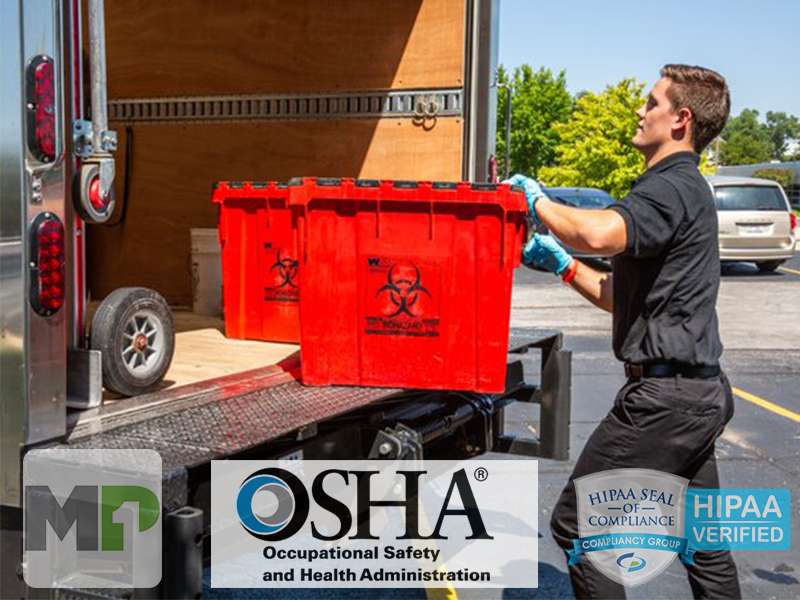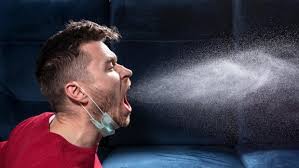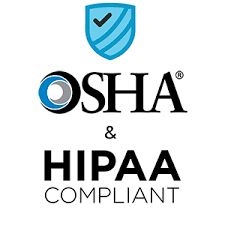COVID-19 Temporary Standard to Address the Reopening of Worksites

As of November 9, 2020, the Occupational Safety and Health Administration’s office issued its COVID-19 Emergency Temporary Standards also phrased as ETS, which outlined a set of protocols that the establishment must follow before the first half of December.
The set of guidelines for the following workplace environments requires the specifically mandated OSHA compliance.
- Restaurants, bars, brewpubs, public tasting rooms at breweries, wineries, and distilleries
- Retails stores
- Outdoor and indoor markets
- Personal services providers
- Construction operations
- Indoor and outdoor entertainment facilities
- Outdoor recreation organizations
- Transit agencies
- Collegiate, semi-professional, and minor league sports
- Employers operating licensed swimming pools, licensed spa pools, sports courts
- Employers operating fitness-related organization
- Public/Private K-12 Educational Institution
- Employers operating childcare and early education programs
- Public/Private Institutions of Higher Education
- Veterinary Care
- Emergency medical services: first responders, firefighters, and non-emergency medical transport
- Law enforcement activities
- Jails, prisons, other custodial institution
As the market slowly reopens, it is recognized that these establishments pose a risk towards spreading an airborne disease such as COVID-19. As such, the COVID-19 Emergency Temporary Standards acts as a temporary and enforceable health rule until a more permanent protocol, standards, and restrictions could be implemented.
Though mandatory guidelines across the establishments above vary in specificity, the emergency standard generally requires them to:
Conduct a COVID-19 Exposure Risk Assessment
An exposure risk assessment involves a process of participation and feedback from employees through interactive avenues such as discussions, negotiations, meetings and committees that are dedicated to employee safety. OSHA emphasizes the necessity for this process to involve the voice of employees, as assessments cannot and should not be conducted without such.
For companies to be able to comply to this aspect of the mandate, a variant of the following key considerations must be included in the exposure assessment process:
- Is there a way for employees to work remotely?
- What is the projected distance between employees and how do these changes when approaching non-routine activities?
- How was the office modified to accommodate social distancing or six feet of distance?
- How is the company cascading notifications regarding personal protective equipment (facemasks, face shields, etc.)?
- How is the company cascading information about protocols for reporting symptoms of COVID-19 and how can employees communicate workplace hazards?
- How is the establishment utilizing engineering and administrative controls to mitigate and minimize exposures and risks?
- What is the state of sanitation within the establishment and how are sanitation protocols implemented?
Create a Written COVID-19 Exposure Plan
After the risk assessment, weak points within the company’s systems and its capabilities should ideally be exposed. Thus, a written exposure plan should involve the following:
- Itemization/Listing of assignments that require the use of PPEs to limit COVID-19 exposure
- Steps that will be taken by the company/employer to sustain an adequate supply of PPEs
- List of hazard controls, measures that will be adopted or implemented by the company alongside a comprehensive description of each item.
- Procedures that will be deployed to communicate with its employees, as well as other employees in multi-employer worksites when they are exposed or are under suspicion of having been exposed to COVID-19.
- Training and information dissemination procedures that will be provided as per what is required by the COVID-19 Emergency Temporary Standards.
Implement a COVID-19 Exposure Control Training
A COVID-19 exposure control training should be provided to the employees whether it is in person or remotely using “computer-based models but must be provided in a manner that is understood by the affected workers”. Topics that are included the training at minimum must be:
- Physical distancing requirements
- Mask, face covering, or face shield requirements
- Sanitation requirements
- COVID-19 signs and symptoms
- COVID-19 Infection notification process
- Characteristics and symptoms of SARS-CoV-2 virus and its methods of transmission whereas training materials in relation to this will be provided by OSHA and its state offices
- Ability of pre-symptomatic and asymptomatic persons to transmit SARS-CoV-2 virus whereas training materials in relation to this will be provided by OSHA and its state offices
- Safety and healthy work practices and control measures, including but not limited to practices mentioned above alongside sanitation whereas materials in relation to this portion of the training will be provided by OSHA and its state offices

Implement other specific controls/rules
Other control plans to complete the compliance to the requirements of OSHA’s COVID-19 Emergency Temporary Standards, the following controls/specific requirements need to be imposed/implemented by the employers.
- Ventilation. OSHA requires a ventilation that optimizes air from the outside being circulated towards the establishments through the establishment’s existing heating, ventilation, and air conditioning system to the extent that the air quality index remains at “good” or “moderate”.
- Sanitation. The frequency of sanitizing common areas, shared, equipment, and critical/high-touch surfaces should be at least every 24 hours if the workplace is unoccupied for at least 12 hours a day. However, if the establishment is occupied and in-use throughout the day, sanitation has to be every 8 hours.
- Employee testing and medical removal. The employees are mandated to cooperate whenever a state’s health authority or a local health agency notifies that testing is necessary. Employers must free up its employee and workplace space to accommodate testing. Individuals recommended to self-isolate must be sent home to self-isolate.

Compliance to regulatory bodies such as OSHA and HIPAA on the establishment-level is necessary towards creating a hazard-free workplace. Other compliance requirements to acquire approval, certification, or online certification can be seen through OSHA’s website. Online courses hours of construction, general industry, and standards training for the employers and employees.
As such, violations can be extremely costly for employers/establishments. As of November 6., 2020 the national office of OSHA declared that at least 179 worksites have violated COVID-19 related actions. The estimated total amount of fines in penalties have been said to be at around $2,496,768 since the start of the pandemic.
Most common violations being:
- Implementing a written respiratory protection program
- Providing a medical evaluation, respirator fit test, training on the proper use of a respirator and personal protective equipment
- Reporting an injury, illness, or fatality
- Recording an injury or illness properly
- Complying with the general duty clause
